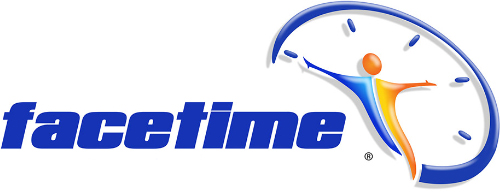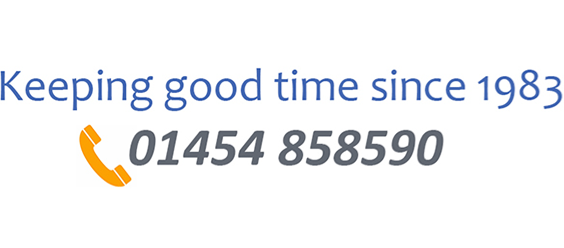Biometric facial recognition systems for time and attendance
What does a company called facetime name a product that clocks you in by scanning your facial features? You’ve guessed it… facetime. Our range of biometric solutions includes our FT-9000 series biometric facial recognition scanner. Which provides improved mapping of a person’s facial features when identifying someone using video or still image. Biometric facial readers can be used in a wide variety applications where a non contact biometric solution is required.
Technology in recent years that’s become increasingly popular for use in time and attendance systems for verifying employee attendance at the workplace. Non contact usage by the user, makes this the ideal biometric solution for the food industry, or where hygiene is of utmost importance. Our facetime system uses several techniques for improved accuracy when mapping a person’s face.
The first generation of facial readers used the 2D method, which only measured the distances between various points on a person’s face. Later replaced by the 3D method operating very much like the hand scanner geometry system, it now measures facial contours as well as distances between facial features. More cleverly, the latest method we use also involves skin texture analysis by looking at spots and blemishes etc. facetime’s new FT series biometric facial reader uses a combination of all these methods for even better performance and reliability.
Face detection, face capture and face match are the three essential steps of all biometric facial recognition systems
Face detection – The first and most important step. The biometric facial scanner is programmed to identify and “lock onto” a person’s face. This could be the front of the face or even a profile.
Face capture – The facial recognition scanner then captures a 2D or 3D image of the face from a video or still camera. A geometric data map is then created from the image taken. This data map creates a biometric signature unique to that person. Their eyes, ears, nose, chin and mouth are all measured, and the distance between them are also evaluated to create a digital map of their face.
Face match – This data signature is then compared to the data signature held in the database relating to the person being matched. It then decides if there is a positive or negative match of the biometric data signature stored, and either allows or rejects the access (when used for door entry / access control) or clocking request.
Biometric face recognition is considered to be the most natural way of identifying a person
Because we use biometric facial recognition ourselves to navigate the world around us. Most people are more relaxed with this type of biometric verification technology. With the advantage of being non invasive and non contact, it’s the perfect solution for a variety of places and situations. Especially for use in environments or situations where the spread of virus and bacteria needs to be controlled. Interestingly, tests conducted at research institutes have found facial biometric algorithms are better at detecting faces than actual humans.
Fully integrated biometric facial recognition technology – for time & attendance, fire roll call & door entry access control systems
Biometric facial recognition is becoming more common place and accepted as a legitimate way of ensuring a person’s identity. Our improved FT version is now available as a biometric solution on all our TimeVue range of systems and software. Ideal for use in time & attendance and door entry access control. Removes the worry over lost access cards / fobs etc. As with all our biometric range, facial recognition is an invaluable asset for fire roll call reporting, as it ensures those listed on the fire report are actually in the building.

















